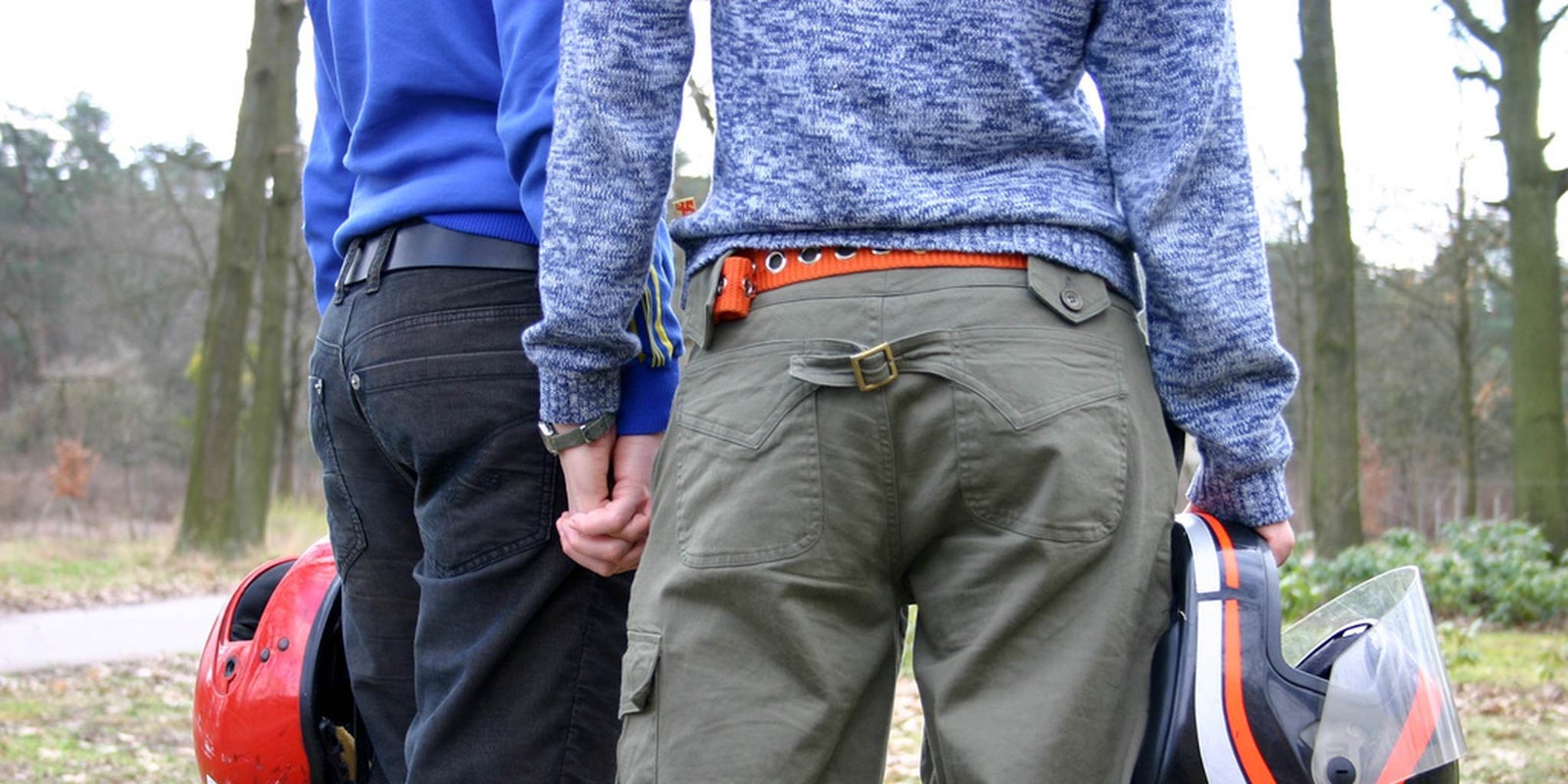According to a recent Gallup poll, it appears that as we come into shaky times in 2017, one thing is for certain: Americans are getting more and more queer. Or at least, they’re getting more comfortable with being out and queer. After polling 1.6 million American adults over the course of five years, Gallup’s results suggest that Americans are openly identifying as LGBTQ at rates unseen in past decades.
While numbers are up across races, genders, and ages, some groups have experienced a significant uptake in their openly queer communities. Millennials lead the path in no small way: Those between the ages of 19 to 37 comprise 58 percent of all adults who identify as LGBTQ, meaning that people under the age of 35 are majorly out and proud.
The number of gen-Xers who are “out,” however, has remained at a steady 3.2 percent over a five-year period, while the number of out baby boomers dropped from 2.7 percent to 2.4 percent.
While it’s impossible to know why an individual chooses to come out, it’s a safe assumption to make that progressively friendlier political and social climates are making younger generations feel safer with going public with their gender identity and sexual orientation. On the flip side, older generations who may fear employment discrimination, housing evictions, and discrimination from medical staff may be more likely to stay in the closet.
Gallup’s research also found that women are more likely than men to identify as LGBTQ, with 4.4 percent of women and 3.7 percent of men somewhere on the queer spectrum.
"For the rights of the LGBT+ community and to promote diversity in our country and internationally, and to protect queer and allied youth." pic.twitter.com/jU2O4TuxNE
— Women's March (@womensmarch) January 5, 2017
In comparison to their 2012 data on the same subject, Gallup’s report suggests an increase in those publicly identifying as LGBTQ when considering race and ethnicity, as well.
For example, 4.9 percent of Asian-Americans now identify as LGBTQ, compared to 3.5 percent in 2012, and 5.4 percent of Hispanics now identify as LGBTQ, compared to 4.3 percent just a few years ago. Black Americans also reported an increase from 4.4 percent in 2012 to 4.6 percent in 2016. White Americans experienced a similar increase, going from 3.2 percent in 2012 to 3.6 percent today.
What does all this mean? The growing number of people who are “out” certainly suggests positive things about where LGBTQ people are in terms of equality and societal acceptance. It is also likely to promote more diverse representation for the queer community as a whole. But that doesn’t mean that, especially given the incoming anti-LGBTQ rights administration, there aren’t a lot of strides still left to take.
